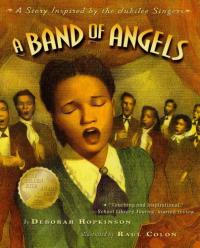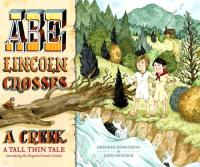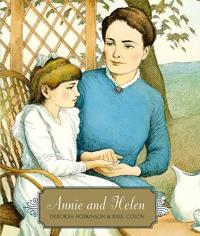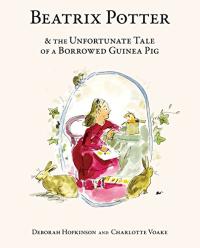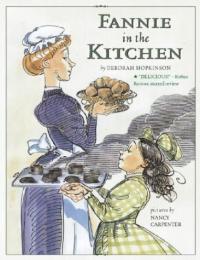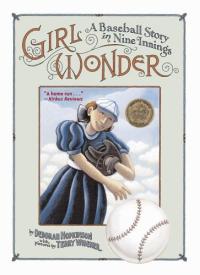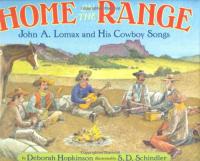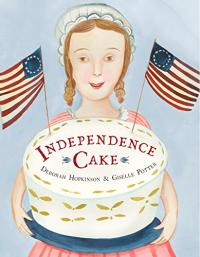
Biography
Deborah Hopkinson was born in Lowell, Massachusetts. From an early age she was an avid reader, even hiding her own books inside the school textbooks she was supposed to be reading in class. History and science were her favorite school subjects, and remain topics she frequently writes about.
After reading many children’s books to her young daughter, Hopkinson began her own career as an author and quickly found an audience. Her first published work, the picture book Sweet Clara and the Freedom Quilt, was recognized by the International Reading Association and Reading Rainbows. From picture books like Birdie’s Lighthouse to non-fiction for young adults like Up Before Daybreak and Shutting Out the Sky, Hopkinson’s award-winning books combine attention to small details with a presentation — text, illustration, and photographs — that engage young people with history.
Hopkinson has produced an impressive body of work, even as she worked full-time in philanthropy at the University of Hawaii, Oregon State University, and now at the Pacific Northwest College of Art.
Deborah Hopkinson and her family live in West Linn, Oregon.
Find this author’s books on these booklists
Themed Booklist
Biographies for Women’s History Month
Themed Booklist
Books for Martin Luther King, Jr. Day
Themed Booklist
Celebrating Abraham Lincoln
Themed Booklist
Holiday Buying Guide 2020
Themed Booklist
Inspiring, Imaginative Women
Themed Booklist
More Women (and a Few Girls) of Note
Themed Booklist
People Make the Difference: A Celebration of Black History Month
Themed Booklist
Selected Books for Black History Month
Themed Booklist
Summer Reading Guide 2016
Themed Booklist
Summer Reading Guide 2017
Themed Booklist
Summer Reading Guide 2022
Themed Booklist
